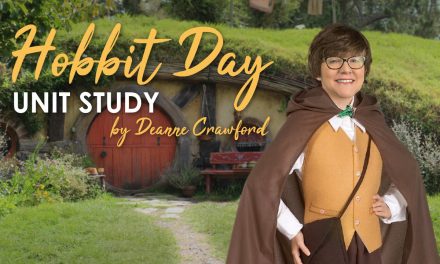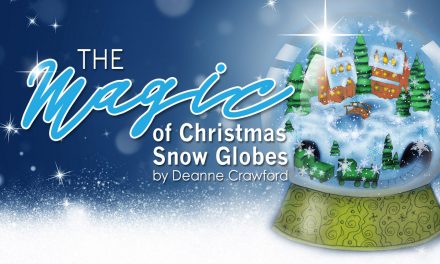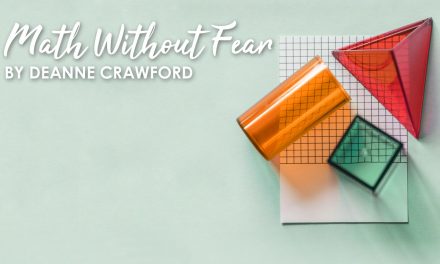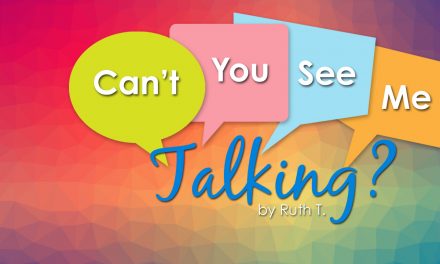As winter descends, most children and even adults eagerly anticipate the first snow fall. While snow is not common across the US, research shows that every state experiences snow. What is so unique about this majestic moisture that fascinates and delights us? While our unit study will be more science focused compared to others we’ve done, my hope is that learners of all ages will discover something new!
What is snow? Ask children to describe snow. If snow is available, grab a handful and have younger children use their senses to describe it. How does it feel, look, smell, taste, and sound?
Snow is defined as solid precipitation which occurs in a variety of minute ice crystals at temperatures below 32°F. This precipitation forms when tiny ice crystals in clouds stick together to become snowflakes. If enough crystals stick together, they become heavy enough to fall to the ground as snow. Not only does snow require colder temperatures, but it also requires moisture in the atmosphere. Introduce younger children to snow with Snow from Britannica Kids and Free School’s What Makes it Snow? We know snow requires a colder temperature. Have you ever wondered, however, if it can be too cold to snow? Heather’s Weather from WRGZ-TV answers this intriguing question!
Using our senses, we describe snow as white in color. But is it? Interestingly, snowflakes appear white as they fall through the sky and accumulate on the ground as snowfall. Yet, they are in fact totally clear. The ice is not transparent like a sheet of glass is, but rather is translucent, meaning light does not pass directly through it. Ice crystals have many sides which causes diffuse reflection of the whole light spectrum causing it to look white. Younger children will enjoy Mystery Doug’s answer to this question!
Does snow smell? Logically, as frozen water crystals, snow doesn’t have a scent. But many people say they can smell snow and often describe it as “clean” or “refreshing”. Why do so many people think snow has an odor? Olfactory scientist Pamela Dalton explains that there are a couple reasons why this happens. First, temperatures approach freezing right before it snows and molecules in the air slow down. With less molecular activity smells become diminished, meaning “smelling snow” is linked to the fact that there are fewer outdoor odors. Additionally, there is higher humidity before a snowstorm. Humidity has the added effect of giving your olfactory system a quick boost, making it more sensitive to smells. Recent research has also suggested that the trigeminal nerve (or 5th cranial nerve) also plays a role in associating different scents to snow, but there is much yet to learn.
Eating snow is generally considered safe, so hopefully your children will have the opportunity to try it! If snow is readily available, gather some and make Snow Candy, like the Ingalls family did in Little House in the Big Woods! If you are looking for a great winter read, check out The Long Winter!
Have you ever wondered if snow would help you survive if lost in the wilderness? Yes, if you heat snow to melt it before drinking it, it will help you survive. Eating snow in its crystalized state, however, causes dehydration since the body uses more energy to melt the snow. If children are not familiar with dehydration, learn more here. Not only does it cause dehydration, but eating snow also lowers your core body temperature and may speed up hypothermia.
Earlier, I encouraged readers to describe what snow sounds like. I imagine you were puzzled by this activity since snow has no sound unless there is sleet or ice falling with the snow. In fact, you may have noticed that as snow piles up outside, things become quieter. Sure, this may in part be due to the fact that there are fewer people, animals and vehicles outside during a snowstorm. Nevertheless, science has also revealed that even 2” of snow on the ground absorbs sound waves due to the porous nature of the snowflakes.
I hope this sense-filled journey into snow inspires you to learn more about the fascinating world of ice crystals. I’d love to hear about your snow-filled adventures via email at consultants@rainbowresource.com. ~ Deanne
Snowy Fun Products:
- Story of Snow • Grades K-3
- Snow is Falling • Grades PK-K
- Snowflake Bentley • Grades K-3
- Miracle Snow • Grades PK-AD
- Snow • Grades K-3
- Ooze Labs: Super-Expanding Instant Snow • Grades 1-AD
- Snow Paper • Grades 9-AD
- Make Your Own Snow Globes • Grades 1-8
- Snow Queen Lottie Doll • Grades PK-5





